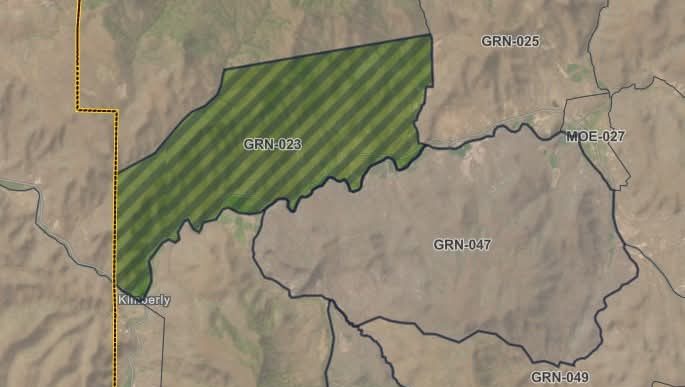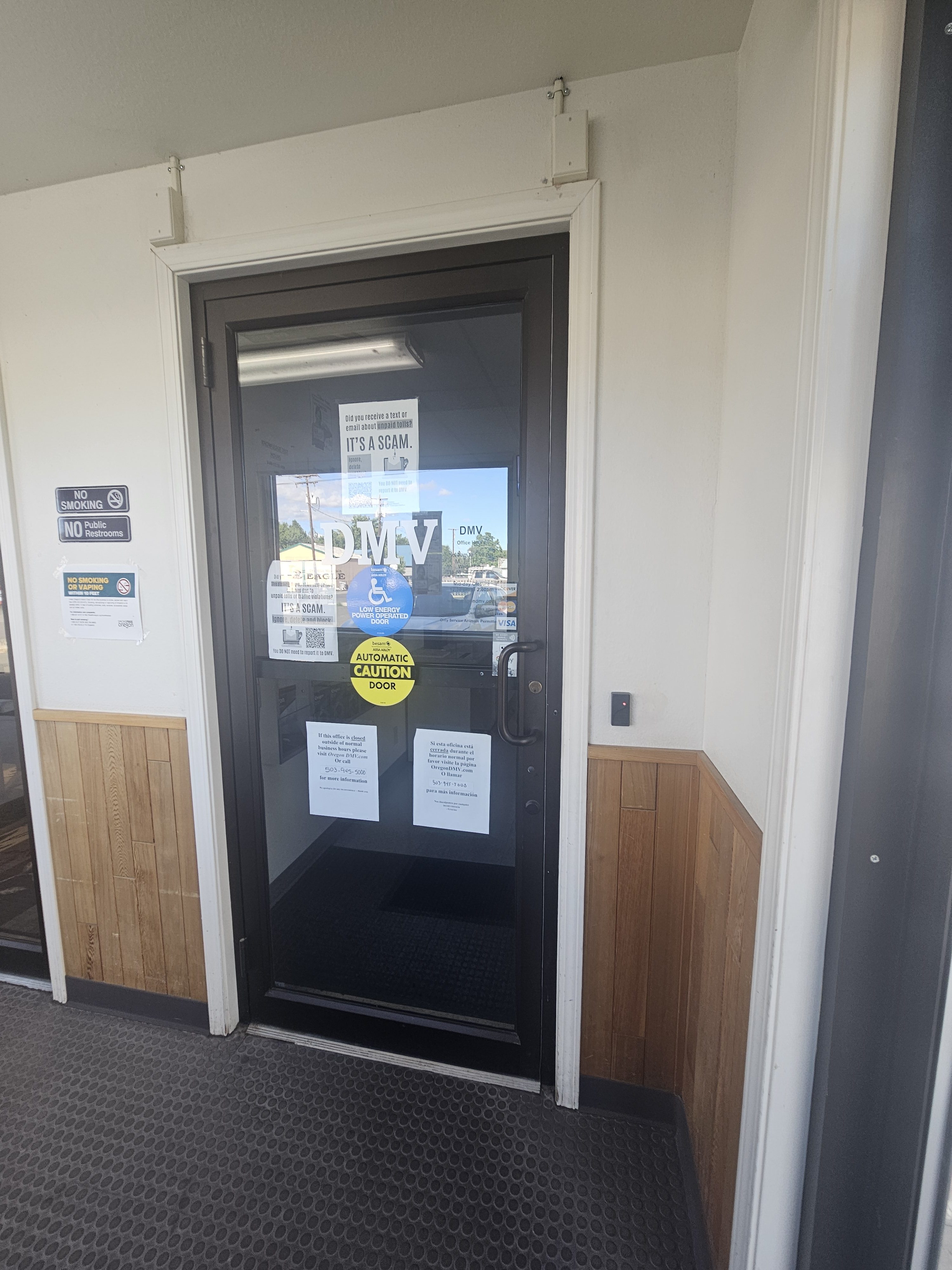Central Oregon school districts to give millions more to PERS by 2027
Published 1:00 pm Sunday, December 1, 2024

- The Bend-La Pine school district offices on NW Wall Street.
BEND — Central Oregon school districts, like school districts across the state, are facing millions of dollars in increases in employer contributions to the Public Employees Retirement System, or PERS, for the 2025-27 biennium.
Trending
The state system’s investment accounts have not made as much in returns as was expected, on top of rising PERS costs due to increases in payroll and staffing, and costs associated with a pre-2003 plan under which employers were responsible for massive PERS contributions.
Bend-La Pine Schools will see an increase of more than $11 million in PERS costs alone for the two-year budget cycle starting in July, on the heels of other bad budgetary news. The district implemented a 10% cut in overall discretionary spending for schools this year. It also cut 58 staff positions this year and anticipates cutting 120 employees for the 2025-26 school year. The district’s May local option levy failed, so the district didn’t receive funding that would have helped maintain programming and staff after the recent end of pandemic relief funds. District administrators are unsure how they will handle these mounting costs and budget constraints.
Trending
The PERS cost increases could effectively erase the increase in education funding proposed by Gov. Tina Kotek, but school districts will begin budget-making processes for the next year without knowing how much of Kotek’s proposed $515 million in funding, if any, will be passed by the Legislature.
Bend-La Pine Schools
Bend-La Pine Schools will see its PERS costs rise by $5.8 million per year going forward. The PERS rate will now represent 21% of salaries, up from 17%.
The district was expecting an increase in costs, but anticipated it would be $3.7 million less than it was.
“It’s still too early to say how that additional expense will affect our overall operations in 2025-26. Before we develop and bring a budget to the School Board for adoption next June, we need to know what our State School Fund allocation will be for the next biennium, once the 2025 Legislature and governor take final action on education funding,” said Scott Maben, district communications director, in an email.
The district is also required to have a reserve fund of 5% of the general budget. The reserve fund is $23.5 million and is in place to protect against financial instability.
The district’s two employee unions, for educators and support staff, will return to the bargaining table with the district to negotiate the third and fourth years of their current contracts in the spring. These sessions include salary and benefits, which will be factored into the district’s operating budget as it takes shape.
Redmond and Crook County schools
The Redmond School District anticipates that PERS increases will grow costs by over $7 million over the 2025-27 biennium. Due to issuing pension obligation bonds in 2004 and 2021, PERS rates are lower than they could be for the district, which estimates the bonds saved the district $18.2 million.
“Of course, due to the timing of our budget development process, we will have to make assumptions about the likely level of state funding we will receive,” wrote Fiscal Services Director Kathy Steinert in an email. “However, we do not even have Gov. Kotek’s proposed budget yet, so we do not know the starting point.”
The district has not yet begun to decide what changes to make to the 2025-26 budget in light of the PERS rate increases. It does have $2.5 million in reserve, which it plans to use to help mitigate the impact of PERS increases on student-focused programs.
“Decision-making will not begin in earnest until the February/March timeframe,” wrote Steinert. “We are preparing for those decision-making conversations with District leaders, the school board, the Budget Committee and other partners such as our employee associations.”
Crook County Schools’ PERS rate increases could result in reductions to other areas of the operating budget if there isn’t enough revenue to offset it, said Chief Financial Officer Anna Logan. The district does expect to increase its revenue, but the budget could require changes.
“Even if there were no salary or wage increases between now and 2025-2026, the increased cost to the district is over $3.2 million per year in costs,” she wrote. “In fact, we will need to reduce costs somehow.”
The district has not yet begun its budget process or had any discussions about what could be reduced or exactly this is will affect the budget, students, staff or programming.
“We do have a PERS reserve, but the balance is only $2.1 million. The projected annual increase in PERS costs is over $3 million, so the PERS reserve won’t cover that increase,” Logan wrote.
Chronic absenteeism declined in Central Oregon last year









